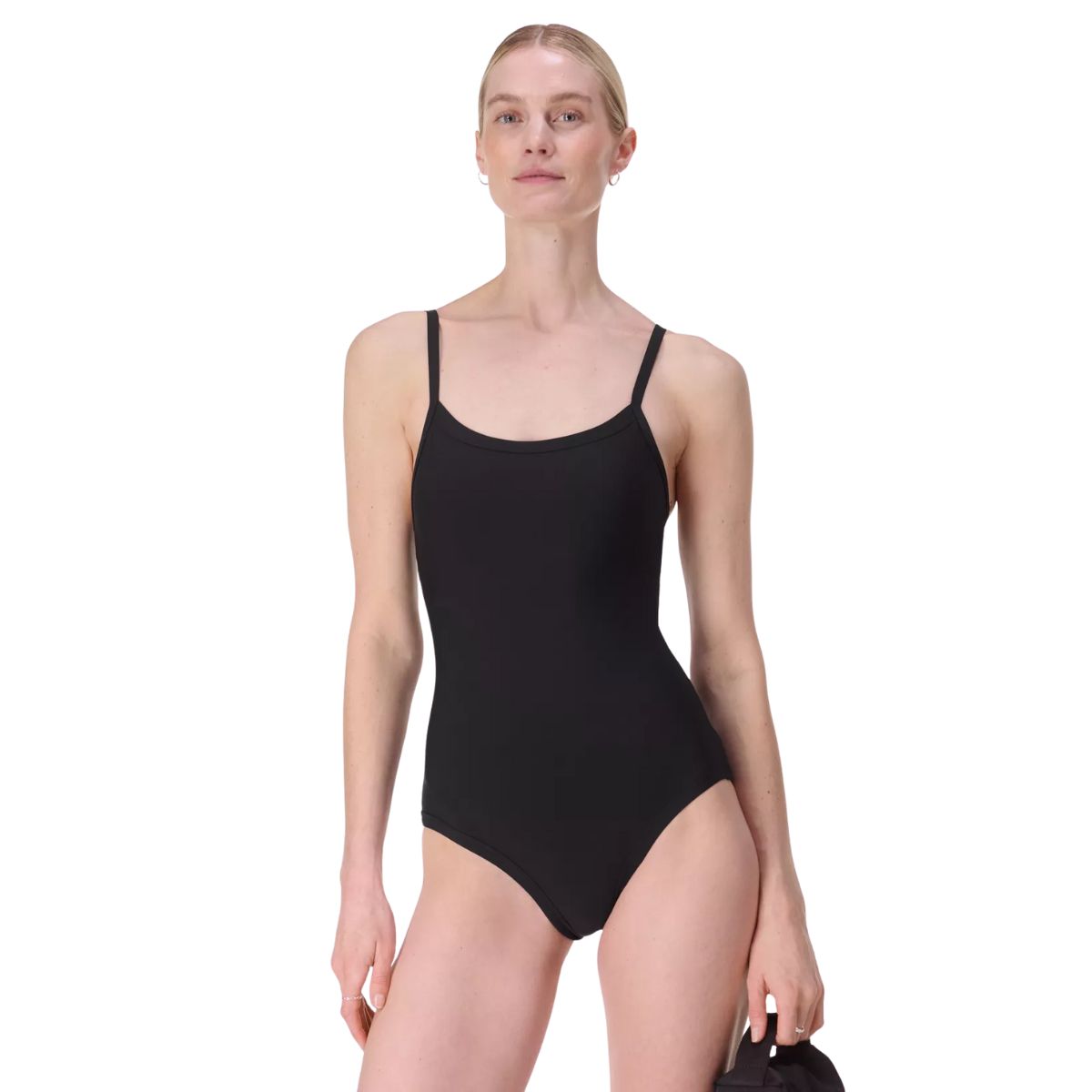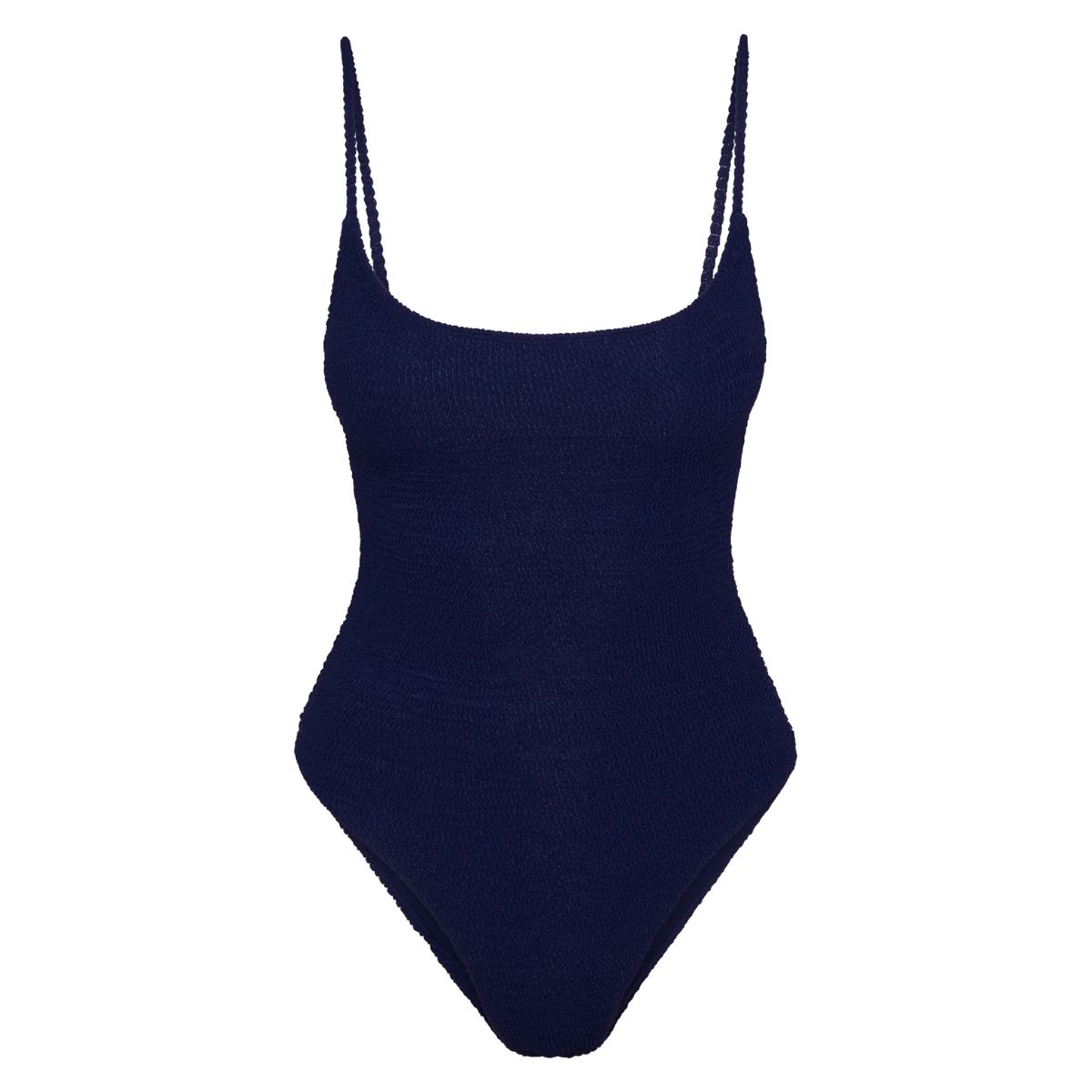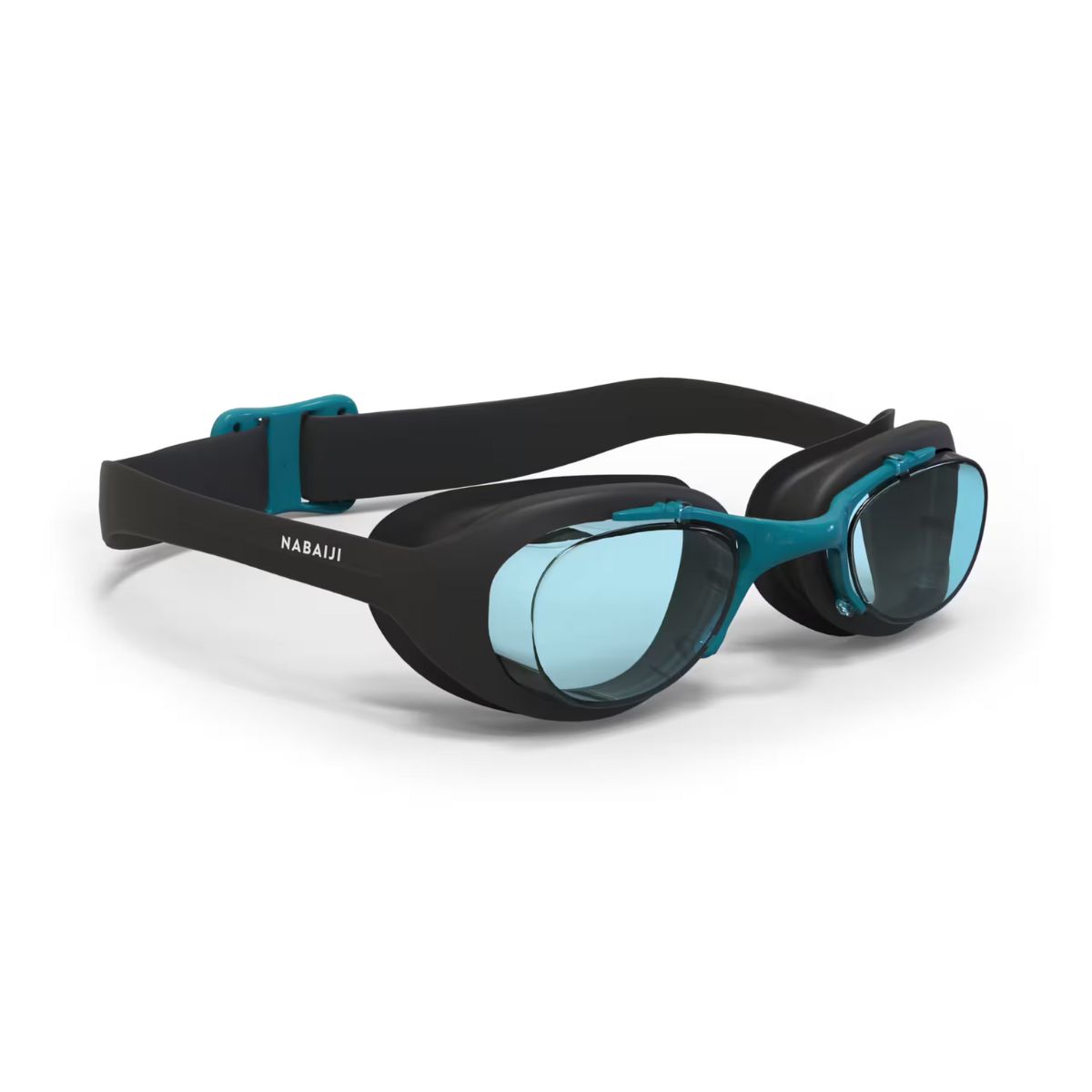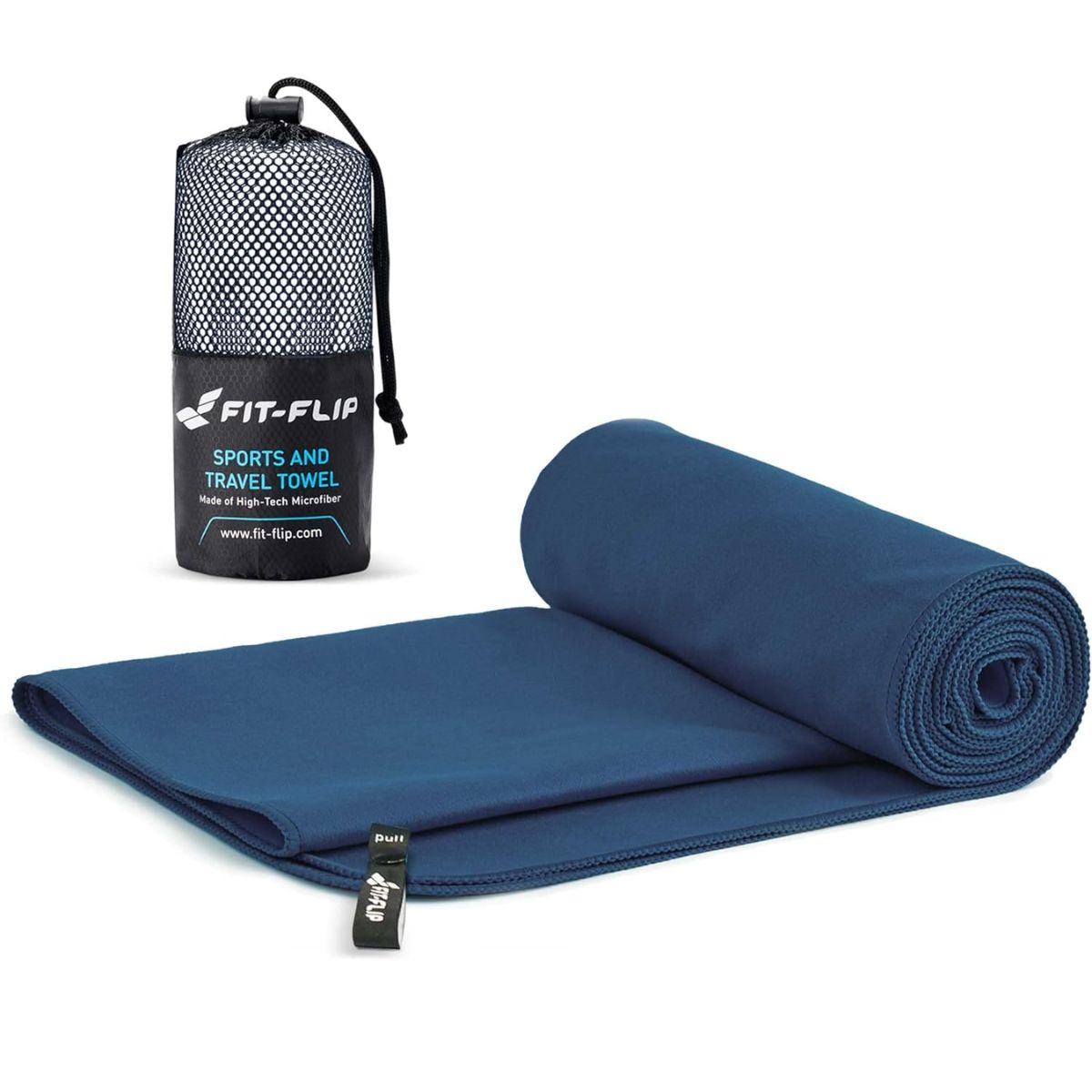I’ve Been Swimming Every Other Day for a Month - and Can’t Believe How Quickly I Noticed Changes to My Health
I won't go back to another form of cardio.


I've tried so many different cardio workouts over the years, but never found one I liked enough to stick with. I did my best to force myself into becoming a runner (spoiler alert: it's not for me), but I accepted a while ago that no amount of motivating music or stylish leggings could make me enjoy myself. So, I decided to turn to something that appealed more: swimming. And after committing to swimming every other day for the past month, I've noticed some significant changes that mean I'll definitely be sticking with this form of cardio in my regular routine.
As well as being a brilliant full-body workout, one 2022 study linked swimming and water-based exercises with improved mental health management. While all forms of exercise can help boost mood, there's something about the setting of a swimming pool that makes me feel even more relaxed and detached from everyday stresses. There's also something to be said for not feeling yourself sweating - I always feel fresh after a swim.
"Swimming is excellent as a standalone choice of exercise, as it involves the whole body working against the resistance of the water," explains Chris Stanton, Sport and Performance Master Trainer at Third Space. "It has the added benefit of reducing the impact and stress on the joints, compared to land-based exercise, whilst still increasing cardiovascular fitness and muscular strength - think of it as cardio in zero gravity."
The pool is also a great environment for rehabilitation, or if you've recently been injured but want to maintain your current fitness level. "It offers support through buoyancy to reduce overall load to aid progressive recovery. Water is about 800 times denser than air, meaning simple movements create natural resistance, so water-based exercise can be equally effective as swimming laps."
Below, I share how I found committing to a month of water-based workouts, plus the main differences I've noticed already from committing to the low-impact workout for a month. And don't miss our guides to the best fashionable but functional swimwear, wild swimming spots, and best UK swimming pools, not to mention explainers on cold water therapy, ice baths and Wim Hof method, while you're at it.
I've been swimming every other day for a month - and feel happier and healthier
1. My fitness has rapidly improved
If you're someone who's always felt a little bit intimidated by cardio, I'm with you. I'm a big fan of Reformer Pilates and hiking, so making the shift to regular swim sessions did make me slightly apprehensive at first. That's why I decided to start gently, with 30-minute sessions, almost exclusively doing breaststroke. Even though it can feel pretty slow to begin with, this approach allowed me to build up gradually, and it still made a huge difference to my overall fitness.
In my second week of regular swimming, I had already noticed a big improvement in my stamina. I could go the full half hour without needing to stop, and I was much less out of breath when I got out of the pool. It's also made a huge difference in my everyday life, with steep climbs up the stairs to my flat and rushing around London feeling far less taxing. Of course, it hasn't made me an athlete overnight, but the shift in my fitness levels is tangible.
Celebrity news, beauty, fashion advice, and fascinating features, delivered straight to your inbox!
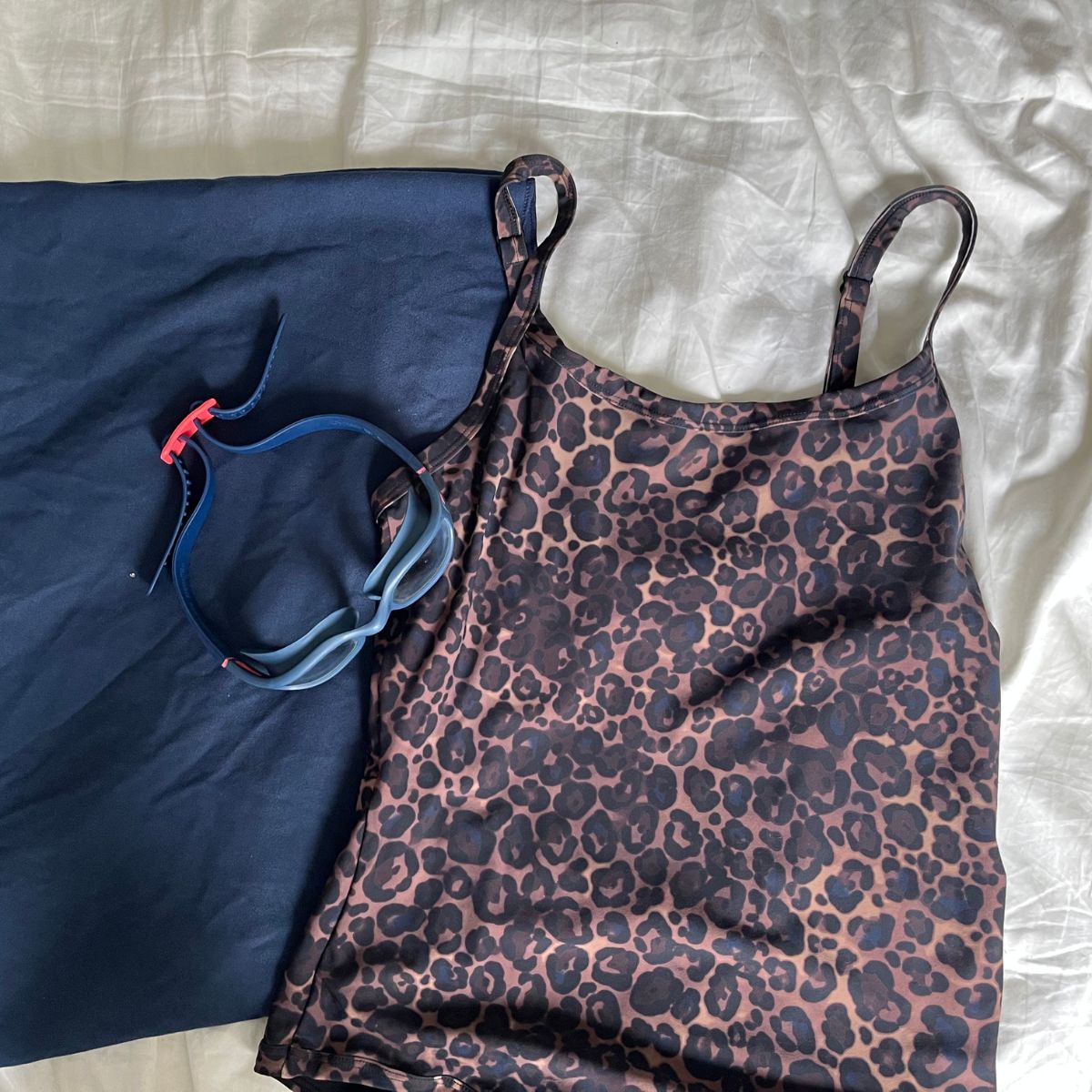
2. My energy levels are more balanced
I've always struggled with my energy levels, primarily due to my hormones, which I've been working on for a while. But since swimming regularly, I've found that my energy throughout the day is far more balanced, and I'm sleeping a lot better. It's well documented that regular exercise can help to combat fatigue, which I've definitely experienced.
I find it very easy to spend all day in the house when I'm working from home, which frequently makes me even more lethargic. Increasing my movement and getting out of the house is the boost I've been needing, and sticking to a routine works wonders for my mental health, too.
Of course, you should speak to your doctor if you've experienced similar issues with your energy, but gentle swimming has helped to improve my general fatigue as it doesn't leave me too drained post-workout.
3. I already feel stronger
As a full-body workout, swimming engages muscles throughout your whole body. Combine that with the resistance you get from the water, and it's a winning combo for improving your strength. Don't get me wrong, I can't magically lift heavy weights now, but it's clear that getting my muscles working in this way has helped my overall strength.
I notice my core is particularly engaged when I'm swimming, and I have felt those benefits during my Pilates classes when my core strength is tested. I've been meaning to get into strength training for a while, and this has felt like a useful first step on my journey.
4. It's made other workouts easier
This is a slight culmination of my first three points, but making swimming a regular feature in my routine has made other types of workouts much easier. I can walk for longer, and I'm finding Pilates classes easier to keep up with as a result.
"Swimming is also great for athletes across many disciplines. Runners, cyclists and team sports use it as a cross-training method to improve coordination, breathing and to boost their cardiovascular system," confirms Stanton. The full-body nature of swimming means it's particularly effective for me in all other areas of my life.
My top tips
Although it really is as simple as just getting in the pool, there are a few things I've learned from my swimming workouts that make the experience much smoother:
- Ensure you know how to do each stroke properly - It sounds obvious, but getting your technique right will make swimming a lot easier. I looked up tutorials on YouTube to perfect my breast stroke, and although it takes some practice, it's made me so much more efficient in the pool.
- Start much slower than you think - Much like running, you need to go very slowly at first. I've made the mistake of going at full pelt straight away, which makes it difficult to get through a longer workout. Begin in the slow lane and gradually increase your speed over multiple sessions
- Proper kit is essential - Although you don't need any high-tech investments, having a high-quality and supportive swimming costume makes such a difference compared to cheaper styles that are more designed for fashion than functionality. It also pays to spend a little bit more on a reliable pair of goggles that won't steam up or let water in. See my favourite kit below.
Shop my essential swimming kit now:
Who can benefit from swimming?
"Due to the reduction of impact, it is ideal for a wide variety of demographics, including those with arthritis, fibromyalgia, asthma, chronic health conditions, injured athletes, and those who are pregnant or looking to maintain mobility," says Stanton.
It can really work for anyone, but it's particularly beneficial if you fit into any of the above categories.
How long do I need to swim for a good workout?
What constitutes a "good workout" is totally personal, so there is no one-size-fits-all answer here. The NHS recommends 150 minutes of moderate intensity activity a week, which is five 30-minute workouts. I have found that three to four half-hour swimming sessions, alongside other physical activities, like walking and Pilates, have been enough to see real benefits.

Amelia is Junior Shopping Editor at Marie Claire UK. With a keen eye for lifestyle trends and a focus on quality over quantity, she is very clued up on the best products and brands on the market. She previously worked as a senior writer for woman&home, covering everything from product reviews and nail art trends to reporting on fashion weeks and the best-dressed celebrities at red carpet events.
